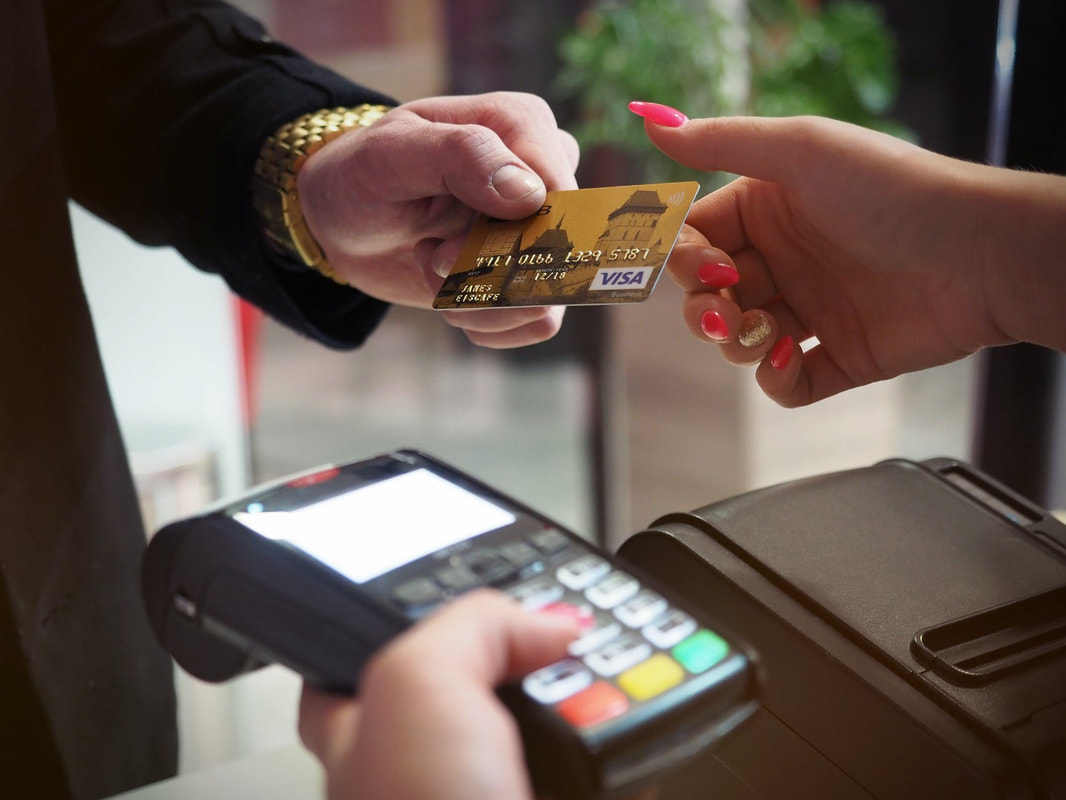Personal Development, Business, Finance, and Investing for Everyone
An investment in knowledge always pays the best interest.
|
Scam! If it sounds too good to be true then it probably is. Credit Card Fraud And Scam It is a wide-ranging term for theft and fraud committed using a credit card or any similar payment mechanism as a fraudulent source of funds. The purpose is to obtain unauthorized funds from a credit cardholder’s account. Credit Card fraud and scam is also an adjunct to identity theft. What Are Those And How Are They Done? Theft of the card The credit card is physically stolen from your bag or wallet, or home, and an impostor pretends to be you to obtain goods or services. Information and Identity Theft Fraudsters get the personal information they need to assume your identity through theft. Fraudsters may get the information they need by representing themselves as bank personnel. They will call and ask you to provide personal information as part of a supposed database management system updating. With these information, the perpetrator causes the creation of a financial transaction (e.g., application or renewal of credit card, payment of goods or services). Skimming Illegal copying of information from the magnetic strip of the credit card. Scammers use the information stolen to manufacture counterfeit credit cards or to use in online transactions. Phishing Emails from your bank or credit card company that looks like the “real thing” and asking for information like CVV, log in IDs, and passwords. Phishing may also be done using methods and forms other than email: Mobile phone text messages, chat rooms, fake banner ads, message boards and mailing lists, fake job search sites and job offers, and fake browser toolbars may also be used to get information. Card Replacement Scam You receive an email/call/sms from an individual claiming to be a bank personnel. He will ask you to physically surrender your card to him because either you are entitled to an account upgrade with a higher credit limit and lifetime free membership or your card is compromised. The fraudster will then use your card for his personal financial gain. How So Thieves Get Your Credit Card Information?
What Are Your Card’s Security Features? Credit Card Account Number The 16-digit embossed number on the front of the card. It should appear clear, clean and uniform and should always match card number printed on the sales receipt. Bank Identification Number The four numbers below the 16-digit embossed account number. 3-Dimensional Hologram of the card network/association (e.g., Visa or Mastercard) Should reflect light and seem to change when you rotate the card. Card Verification Code/ Value The last three digits on the signature panel of the credit card. This number is always asked when doing online payment transaction and card-not-present transactions. If the number is given to the vendor incorrectly or is not available, the merchant may not process your order. Magnetic Stripe A stripe of magnetic information that is affixed to the back of the credit card. This stripe contains customer and account information that is required to complete electronic financial transactions. Signature Panel Where your signature is affixed. A card is not valid unless this is signed. Euro-MasterCard-Visa (EMV) Chip The Europay MasterCard Visa Chip contains embedded microprocessors that provide strong transaction security features and other application capabilities not possible with traditional magnetic stripe cards. Are There Any Regulations For Your Protection? YES. They include the following: R.A. No. 8484 Requires credit card issuers to provide a detailed explanation and a clear illustration of the manner by which all charges and fees are computed. Subsection X320.10, Manual of Regulations for Banks (MORB); Subsection 4301N.10 and Subsection 4320Q.10, Manual of Regulations for Non-Bank Financial Institutions (MORNBFI) Require credit card companies to maintain confidentiality of information of cardholder with limited exceptions. Subsection X320.14, MORB; Subsection 4301N.14 and Subsection 4320Q.14, MORNBFI Require credit card issuers to give cardholders at least 20 days from statement date to inform the credit card companies in writing of any billing error or discrepancy based on an examination of his/her statement of account. Item No. 4.3.4 of Appendix 75f of the MORB on Complaints Resolution Provides that banks may receive customer complaint either through an electronic medium or otherwise, concerning an unauthorized transaction, loss or theft in its e-banking account. Banks should ensure that controls are in place to review these notifications and than an investigation is initiated as required. Banks should also establish procedures to resolve disputes arising from the use of the e-banking products and services. Annex B, Item No. 1 of Appendix 75f of the MORB on Disclosure Requirements Requires that at a minimum, there will be disclosure of information on who will be liable for unauthorized or fraudulent transactions to protect consumers and inform them of their rights and responsibilities. How Can I Protect Myself From Credit Card Fraud?
For more additional information on how to spot a fraud and scam, read my blog posts "Watch Out For Frauds And Scams" and "How To Spot A Scam? Avoid Getting Scammed!"
0 Comments
Leave a Reply. |
PLACE YOUR ADS HERE YOUR PAYDAY REMINDER FEATURED PARTNER FEATURED PROMOTIONS FEATURED MENTIONS PLACE YOUR ADS HERE PLACE YOUR ADS HERE For more updates about Personal Development, Financial and Investment Education. Join and Subscribe to my Newsletter. It's FREE! ABOUT THE BLOGGERHi, I'm Ralph Gregore Masalihit! An RFP Graduate (Registered Financial Planner Institute - Philippines). A Personal Finance Advocate. An I.T. by Profession. An Investor. Business Minded. An Introvert. A Photography Enthusiast. A Travel and Personal Finance Blogger (Lakbay Diwa and Kuripot Pinoy). Currently, I'm working my way toward time and financial freedom. PLACE YOUR ADS HERE Follow me on |













